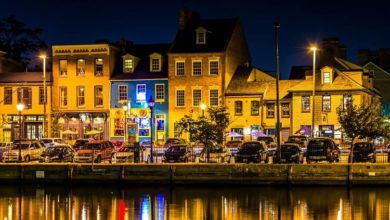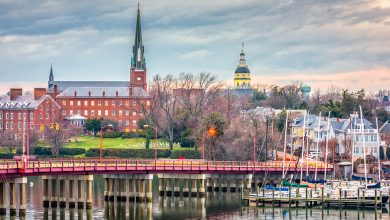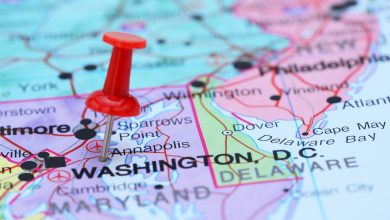Explore These Fun Parks in the Old Line State
These exciting national parks and sites are a must-see in Maryland
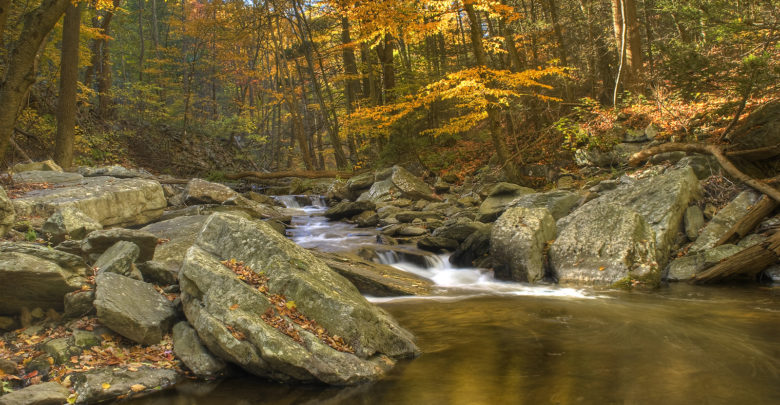
You might not know it, but Maryland is home to 28 National Historic Sites and Parks. You can find everything from natural wonders to historic locations throughout the state. While you might be tempted to explore them all, here is our tour of the best national sites in Maryland.
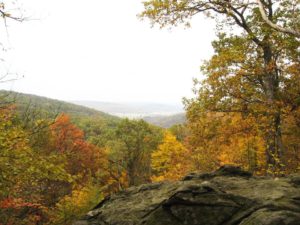
Catoctin Mountain Park
For those who love nature, you will not want to miss a trip to Catoctin Mountain Park. This ridge range is also a part of the northeastern range of the Blue Ridge Mountains and located within the Appalachian Mountains system. You can explore over 8 square miles of the park with its spectacular views of the Monocacy Valley. Cunningham Falls State Park is near the park, and it is the place to see the largest cascading waterfall in the state.
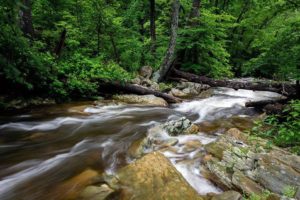
Along with the beautiful nature views, visitors can hike over 25 miles of trails. You can also test your luck on the lake or try to scale the mountainside. Catoctin Mountain Park is the perfect place to travel the trails by horseback. If you are interested in spending the night, you can book a room at the lodge or rent a campsite with your own equipment.
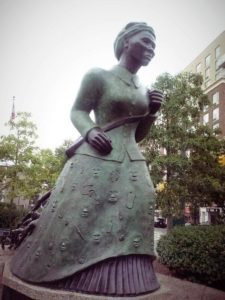
Harriet Tubman Underground Railroad National Historical Park
The park dedicated to Harriet Tubman is one of the newest parks in the state. This 17-acre park celebrates the life and achievements of the leader of the Underground Railroad movement. Before the start of the Civil War, Tubman helped over 70 slaves escape to freedom. All visitors enter the southern entrance of the center, where the space is narrow and dark. As you move north, the interior begins to feature more room and natural light. This design allows the visitor to experience the journey of the Underground Railroad. The 10,000 square foot exhibition hall features many exhibits about the local community, Tubman’s life, and her activities to protect others in the time of slavery. While you are there, don’t miss out on the 10-minute film that highlights the accomplishments of this remarkable woman.
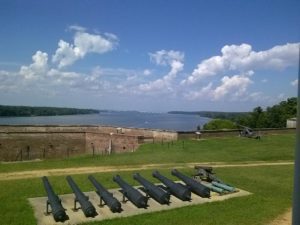
Fort Washington Park
Initially constructed in the early 1800s, Fort Washington Park has defended Washington, D.C, for over 200 years. From the time of the Civil War to World War II, the fort stood as a sentry for the Capitol City. The original fort was known as Fort Warburton, but it was renamed to Fort Washington in 1802. During the War of 1812, British troops advanced and destroyed the fort. In 1824, the current fort was rebuilt with a stone structure that continues overlooks the Potomac River. There is plenty of space to set out and explore the grounds. The fort has extensive biking and hiking paths, along with a panoramic view of the Potomac River. You can grab lunch and set up at the many picnic tables throughout the park. During the year, there are historical reenactments at the fort, and guests can browse through the small museum.
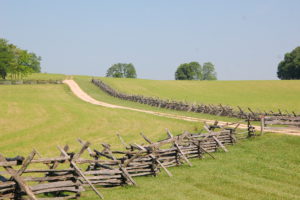
Harpers Ferry National Historical Park
Located at the confluence of the Shenandoah and Potomac rivers, this park includes land in Maryland, Virginia, and West Virginia. Harpers Ferry was initially a National Monument, but in 1944, Congress declared the park as a National Historic Park. The area is massive, and it includes the town of Harpers Ferry, which was the spot for the failed abolitionist uprising of John Brown. While you are there, you can witness some of the historical reenactments or take a peek at the live workshops showcasing the trades of the 19th century. Along with the town of Harpers Ferry, make sure to check out the numerous museums in this historic park, along with the National battlefields. Due to the size of the park, you will definitely need more than one day to explore the area.
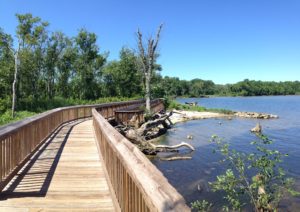
Piscataway Park – Accokeek
If you are looking to reconnect with nature, then Piscataway Park is the place for you. This National Park is just across the Potomac River from George Washington’s Mount Vernon. The park gets its name from a Native American tribe and the nearby Piscataway creek. You will see plenty of native wildlife throughout the park, including osprey, bald eagles, deer, and beavers. The land features woodland, meadow, and wetlands areas, and it gives visitors a look at the diverse variety of natural elements. Piscataway is the perfect spot to fish or watch the birds flutter in the park. This spot is also home to the National Colonial Farms, which is part of a historic farming museum. The museum highlights many agriculture elements from the 18th century, including a collection of rare animals and crops. You can visit the farm site to see the tobacco barn, farm dwellings, and out-kitchen. If you visit between March and December, a costumed interpreter will conduct a tour of the grounds and explain how the farming families lived during this period. In addition to that, Piscataway is also close to the Fort Washington Marina and the Potomac National Scenic Trails. The trails are over 300 miles long and are the same paths that George Washington once walked.
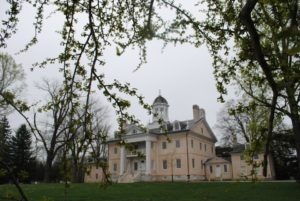
Hampton National Historic Site – Towson
The Ridgely family once owned the Hampton Mansion from 1745 to 1948. You can still see this 18th-century Georgian manor house, stone slave quarters, and gardens. At one time, the mansion was the largest private home in the United States. Today, you can see how the landowners were once the ruling aristocracy in the late 18th and early 19th century. The grounds are the best features of the estate. They have returned to their original appearance from the 1820s. Some of the trees even date back over 200 years old. You can take a self-guided tour of the grounds and the mansion. Along with that, visitors are welcome to explore the slave quarters and overseer’s house to see how other people lived on the estate.
National Parks are essential to the story of Maryland. You can learn about the rich history and unique landscape of the Old Line State. When you make your next visit to Maryland, add these parks to your travel plans.

